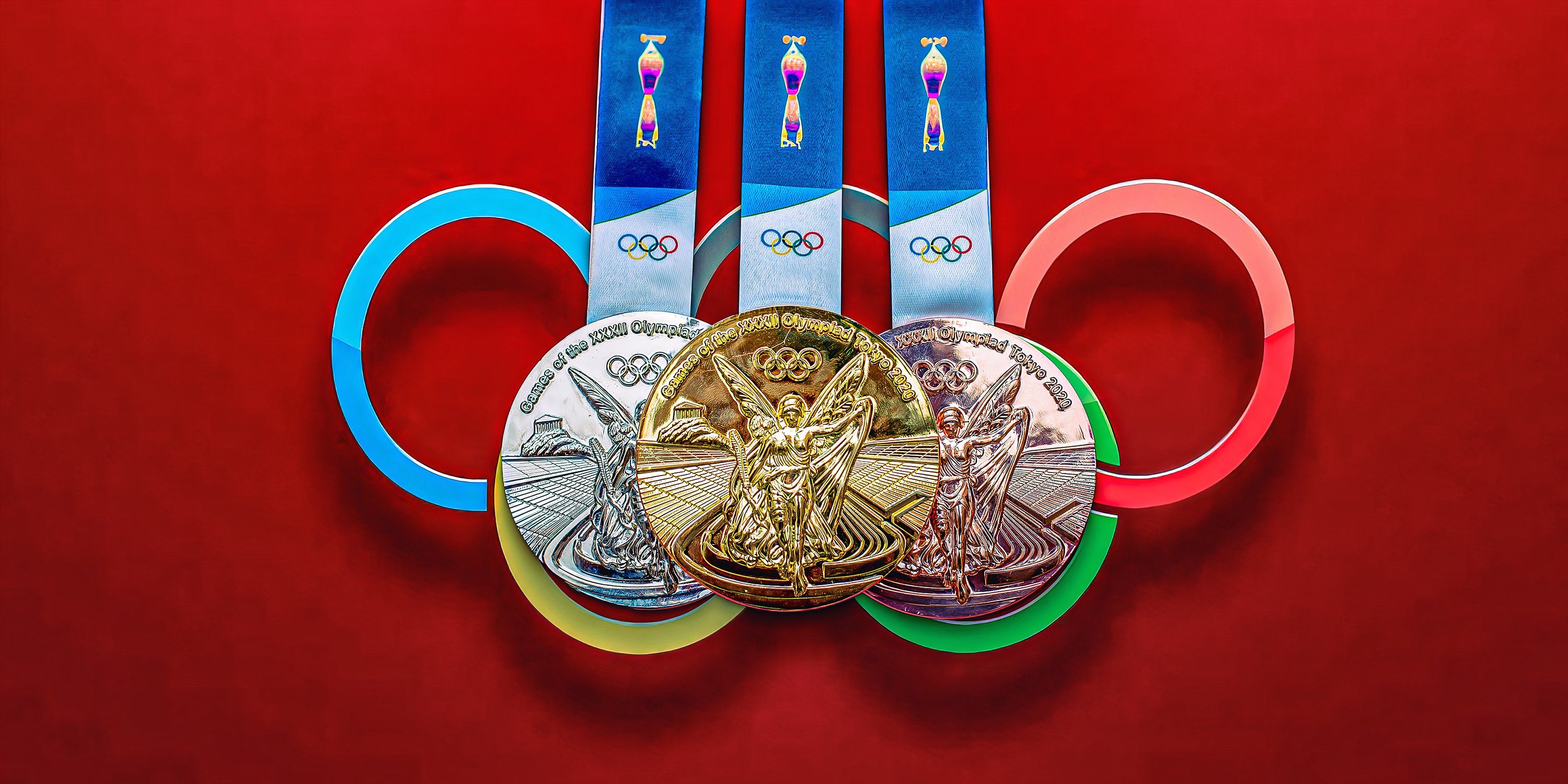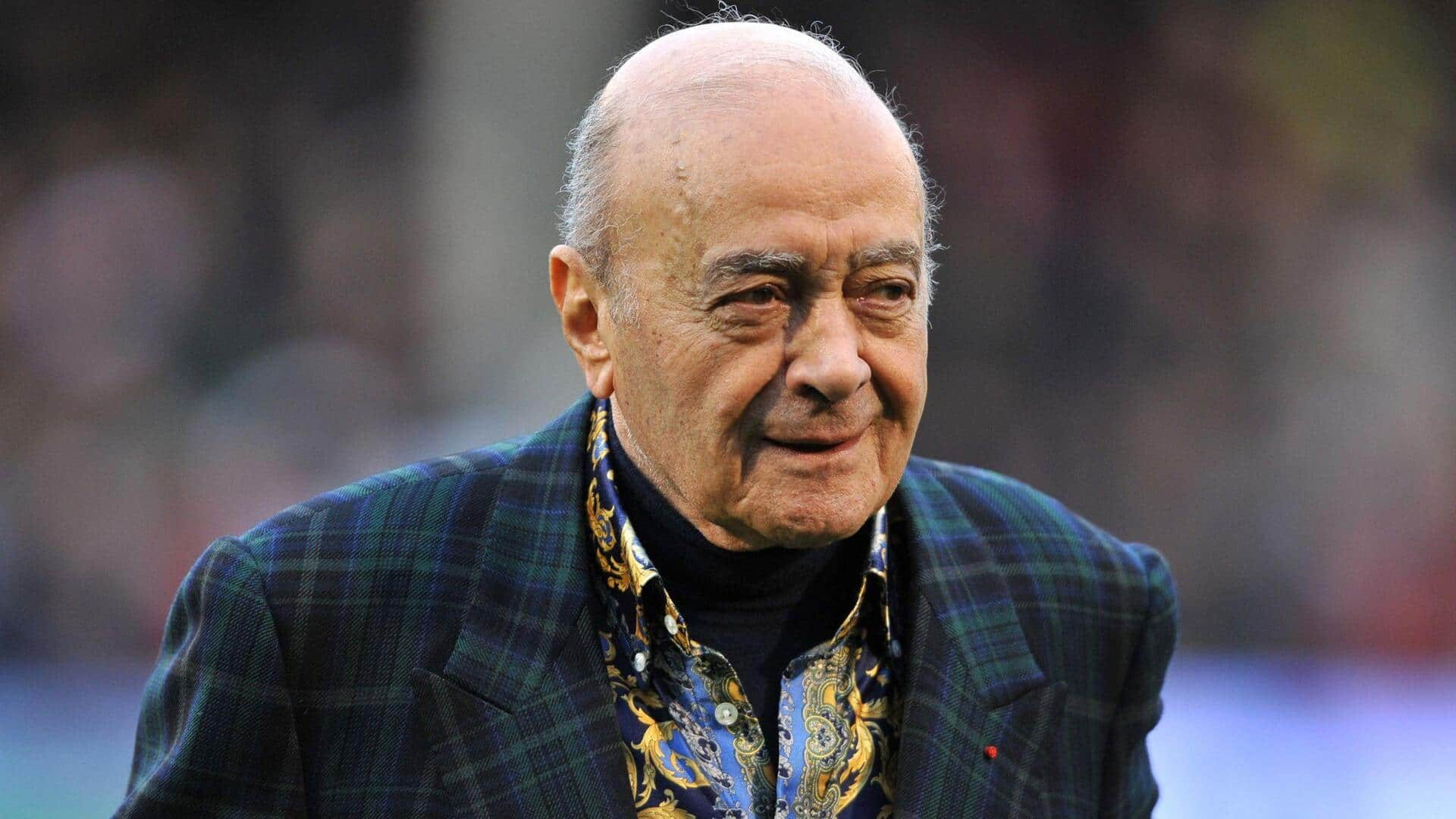With the 2024 in Paris right around the corner, athletes from 206 countries will fly to France to compete for their nation. Each of them will be hoping to get their hands on a medal, with a gold being the ultimate prize. Given the sacrifices that Olympic athletes make in their careers, a medal from the games is rightfully seen as being priceless by many.
However, in the modern world, everything has a price and Olympic medals are no exception. Per Swim Swan, a gold medal from the swimming event at the 1920 Olympics in Antwerp recently sold for (£9,290). While not every medal would fetch that sort of price, most would be expected to generate a four-figure sum at a minimum if they went under the hammer.

Such bids are naturally made because of the significance of the story behind the medals and not because of the actual value of the raw materials contained within them. Swim Swam have revealed the of each Olympic medal if its owner were to melt it down and sell it for scrap - and the results are eye-opening. Even the most-prized award - an Olympic gold - comes with its own surprise.
Despite its name, each gold medal is actually made from 92.5% silver, with a requirement that it must contain at least six grams of gold. Below is a summary of the total commoditised (scrap metal) value of each medal.
Market Value of a 2024 Olympic Bronze Medal Weight 455g Composition 95% copper/5% zinc Value of metals 415.15g of copper = £2.98 21.
85g of zinc = £0.04 18g of wrought iron = Nil Total value £3.02 Market Value of a 2024 Olympic Silver Medal Weight 525g Composition Pure silver around a wrought iron center Value of metals 507g of pure silver = £368.
96 18g of wrought iron = Nil Total value £368.96 Market Value of a 2024 Olympic Gold Medal Weight 529g Composition 6g of gold-plated on pure silver around a wrought iron center Value of metals 6g of gold = £358.60 505g of pure silver = £367.
27 18g of wrought iron = Nil Total value £725.87 Based on the above figures, a 2024 Olympic gold medal will be worth approximately 240 times more than a bronze - an incredible difference! The most expensive Olympic medal ever sold was a gold medal won by sprinter Jesse Owens at the 1936 Berlin Olympics. It was purchased at auction in 2013 for £1,135,382.
All Olympic medals must be 60 millimetres in diameter and three mm thick. Responsibility for minting them falls upon the host city, with each summer Olympic Games since 1972 having a unique design for its medals. Paris 2024 is no exception.
The 18 grams of wrought iron in the centre of each of this year's medals were sourced from pieces of the Eiffel Tower removed and preserved during renovations. The iron has been cut into a hexagon and polished, before being surrounded by more metal to represent an athlete's placement in an event (gold, silver or bronze). The design of the medals was entrusted to Chaumet - a luxury jewelry maker based in the French capital.
In total, 5,084 medals have been produced in preparations for this summer’s games, with the USA once again hoping to top the medal table. At Tokyo 2020, the USA came away with 113 total medals (39 gold, 41 silver and 33 bronze). That haul was 24 more than second-placed China scooped - and the American team to repeat the dose in Paris.
The competition for those coveted medals is set to get underway on Friday the 26th of July, running all the way through until Sunday the 11th of August. A massive 10,714 athletes are expected to compete across 329 events in 32 sports as the world comes together in the spirit of competition..



















